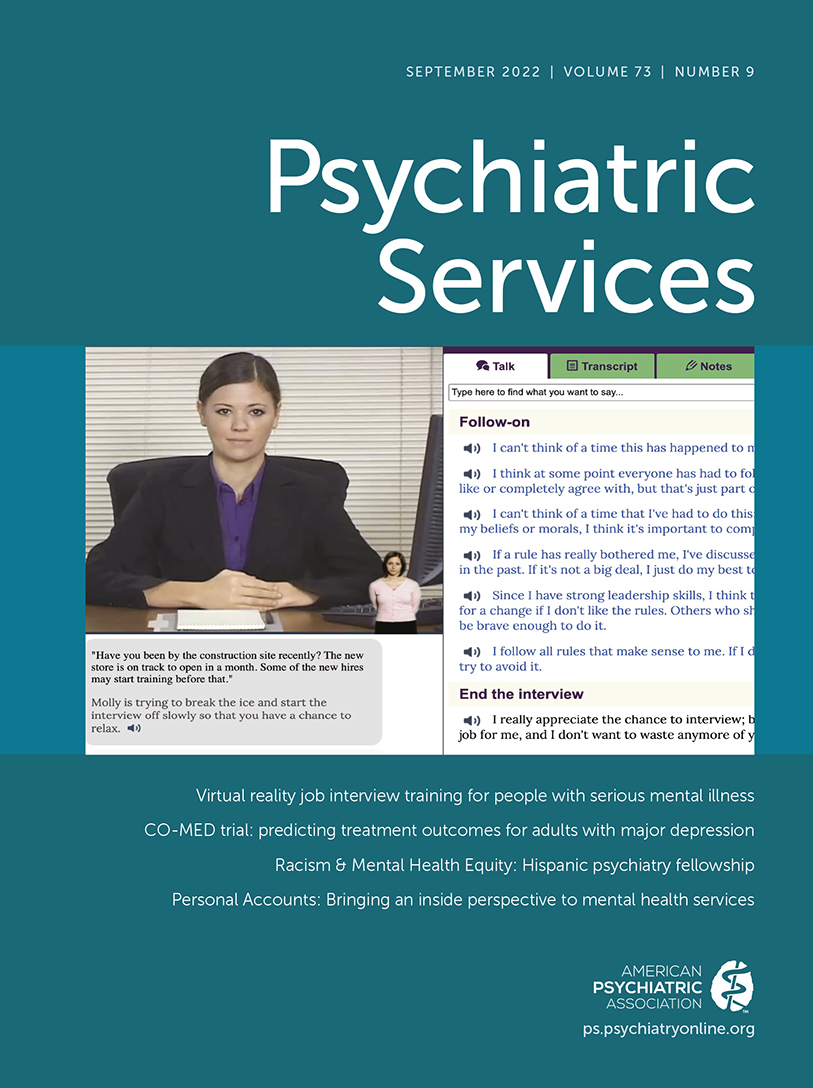Trends in Alcohol Use Disorder Treatment Utilization and Setting From 2008 to 2017
Abstract
Objective:
Little is known about recent trends in treatment for alcohol use disorder. The authors used national data to examine treatment trends among individuals with alcohol use disorder.
Methods:
A sample of nonelderly adults (ages 18–64 years, N=36,707) with alcohol use disorder was identified from the National Survey on Drug Use and Health. Multinomial logistic regression analysis was conducted to examine trends in treatment for alcohol use disorder in 2008–2010, 2011–2013, and 2014–2017 in any medical setting (hospitals, rehabilitation centers, mental health centers, emergency departments, and private doctors’ offices), self-help groups only (no medical setting), and no setting (i.e., no treatment). Additional analyses investigated trends in mental health treatment. Regression models adjusted for predisposing, enabling, and need-related characteristics.
Results:
Among those with an alcohol use disorder, the percentage who received any treatment was significantly lower in 2011–2013 (5.6%) than in 2008–2010 (6.9%) (p<0.05). In adjusted analyses, the probability of receiving no treatment increased by 1.5 percentage points in 2014–2017 (95% CI=0.5–2.5) compared with the 2008–2010 baseline. Significant declines were observed in the receipt of any treatment in a medical setting (marginal effect [ME]=−1.0%, 95% CI=−2.0 to −0.0) and self-help treatment only (ME=−0.5%, 95% CI=−0.8 to −0.1) in 2014–2017 compared with the baseline period. The probability of receiving any mental health treatment did not change during the study period.
Conclusions:
Among persons with an alcohol use disorder, treatment declined from 2008 to 2017. Future studies should examine the mechanisms that may be responsible for this decline.



